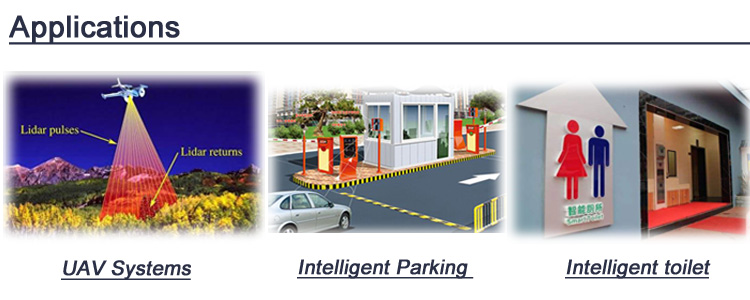Serial crops are vulnerable to virus invaders
Lotus root production often appears deadlocked, manifested as weak plant growth, new body stiff and thin, thick and hard skin, apical buds, steamed bread, in the front section of the necrosis of the burnt sticky strips, distorted deformity, easy to break, yield , quality decline or even unbearable.
Infested fields from the middle of July to the beginning of August of the rhizomes of lotus roots, the surface of which appears brown spots ranging from 1 mm to several millimeters in length. Along with the development of the disease, multiple spots expand and connect in a line along the direction of the underground stem elongation. Longitudinal strips with lengths of several centimeters or even more than 10 centimeters are formed, and the stripe width is 0.5 to 1.5 millimeters, and the stripe depth is 2 to 6 millimeters deep inside the tissue.
After research, the disease caused by the virus infection, the virus can spread through the virus-borne species and soil, did not find through the flow of water and insects spread. For many years continuous cropping, the humus of soil organic matter, especially active substances, is declining year by year. The amount of reducing substances in the soil is increasing and the long-lasting nutrients are continuously decreasing. These are not conducive to the growth and development of lotus root, which are conducive to the proliferation of the stagnancy virus, resulting in a year-on-year increase in the degree of rigidity. . At the same time, due to the lack of attention to selecting and keeping good breeds, resulting in the degeneracy of varieties, reduced disease resistance, and fertilizer-based fertilizers in Putian, with little or no application of organic fertilizer, it is also an important reason that the degree of rigidification of lotus roots increases year by year.
To avoid catastrophic failure, comprehensive measures should be taken. The first is to use healthy seedlings that are free of symptoms; the second is to shorten the duration of continuous cropping in Putian, generally not exceeding 5 years, and implement the recultivating of the Cixi or the rotation of the calamus, japonica and indica rice. Putian all scouring before the winter, drainage cultivation, winter plough frozen hoe, plowing sorghum, and then soak the field seedlings; four is the use of lotus root capsule coated fertilizer, to provide comprehensive nutrition, and can slowly release, promote growth and prevent premature aging, Increasing the level of disease resistance can significantly reduce the degree of rigidity.
Industrial 100Hz LiDAR Solutions
Industrial Laser Distance Sensor of the IT02S & IT03M series are designed for measurements of moving targets. The LiDAR distance sensor is a ToF (Time of Flight) LiDAR sensor capable of measuring the distance to an object as close as 3 centimeters and as far as 15 meters! The LiDAR laser sensor is widely used in many innovative applications on the market, including smart dustbin, unmanned supermarket etc.long distance control system.
Application areas of the sensor are:
> Harsh environments, like outdoors in strong sunlight
> Black surface can be up to 8m
> UAV/Drone Systems
> Intelligent Parking
> Smart Measure Systems
> Intelligent toilet

Industrial Lidar Sensor,Tof Laser Measurement Module,Tof Sensors,Time Of Flight Distance Sensor
Chengdu JRT Meter Technology Co., Ltd , https://www.infrareddistancesensor.com
